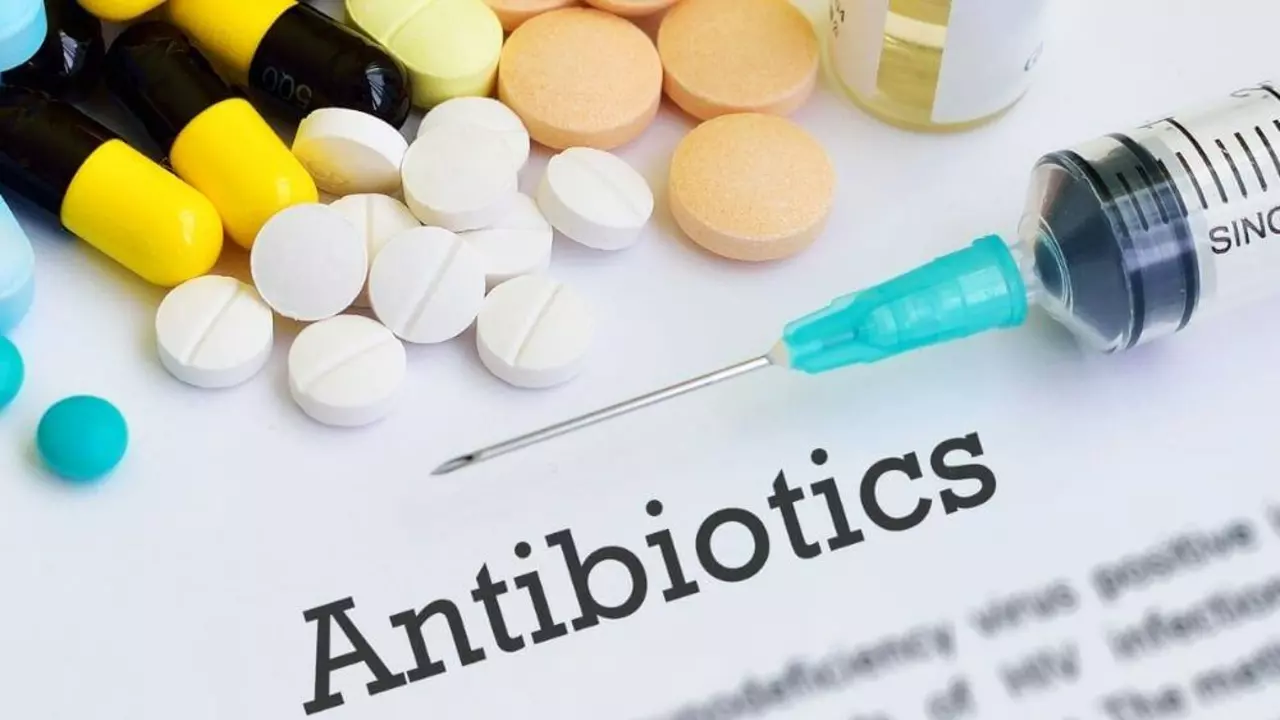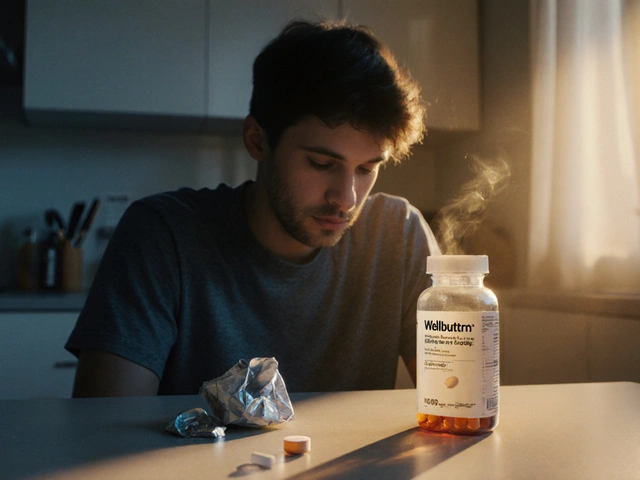Combination therapy: how paired drugs work and what to watch for
Using two or more medicines together can be smart: doctors often pair drugs to boost effect, lower individual doses, or cover different parts of a disease. That payoff comes with trade-offs — more side effects and a higher chance of interactions. This tag brings together clear, practical articles that explain real-world combos, when they help, and how to stay safe.
Why clinicians prescribe combination therapy
Combination therapy is chosen to hit a disease from multiple angles. For diabetes, an SGLT2 inhibitor like canagliflozin may be added to older oral pills to lower blood sugar more effectively. In infections, two antibiotics can prevent resistance or cover unknown bacteria. For heart disease, a beta blocker such as metoprolol (Toprol) is often used with drugs that reduce fluid or relax vessels. Each match is about increasing benefit while trying to limit dose-related harm.
Sometimes the goal is symptom control, sometimes slowing disease progression. Tuberculosis treatment pairs drugs like ethambutol (Myambutol) with others to prevent resistant TB strains. In chronic conditions such as epilepsy or bipolar disorder, a mood stabilizer or anticonvulsant may be combined with another agent to reduce breakthrough symptoms. The combination chosen depends on evidence, patient health, and side effect profiles.
How to use combination therapy safely
First, always keep a current list of every medicine, supplement, and OTC you use. Bring that list to appointments and to any pharmacy where you buy drugs. Ask your prescriber which side effects deserve urgent attention and what labs need checking — some combos require regular blood work to watch liver, kidney, or electrolytes.
Check interactions before adding anything new. A pharmacist can screen drug pairs, and many reliable online pharmacies and apps do the same — but only if you enter everything you take. Pay special attention to common risky mixes: blood pressure meds plus diuretics can drop pressure too far; some diabetes drug pairs raise dehydration risk; mixing certain antifungals or antibiotics with other meds can change how drugs are broken down in the liver.
If you’re buying medicines online, choose reputable sources and keep prescriptions on file. Fake or substandard products can make a combination dangerous by giving the wrong dose or an unexpected ingredient. On this site you'll find guides about buying specific drugs safely, alternatives when drugs aren't suitable, and how some meds affect things like hair, hydration, or bone health.
Finally, report new or worsening symptoms quickly. If a combo causes dizziness, severe nausea, sudden vision changes, or fainting, stop the drug and seek care. Small adjustments — changing dose, timing, or swapping one agent — often fix problems without losing benefit.
Explore the linked articles to learn practical tips for specific medicines and situations covered under this tag, from diabetes and blood pressure to antibiotics and TB treatment. The goal here is simple: help you understand paired treatments so you get more benefit and less harm.
In my recent research, I've discovered some compelling benefits of combining Ampicillin with other antibiotics. This combination can enhance the effectiveness of treatment, particularly in cases of drug-resistant bacterial infections. By working synergistically, these antibiotics can lower the required dosage, reducing the risk of side effects. Furthermore, this approach can prevent the development of antibiotic resistance, a major concern in modern medicine. So, it seems that this combined approach could be a game-changer in the fight against persistent bacterial infections.
View Details

